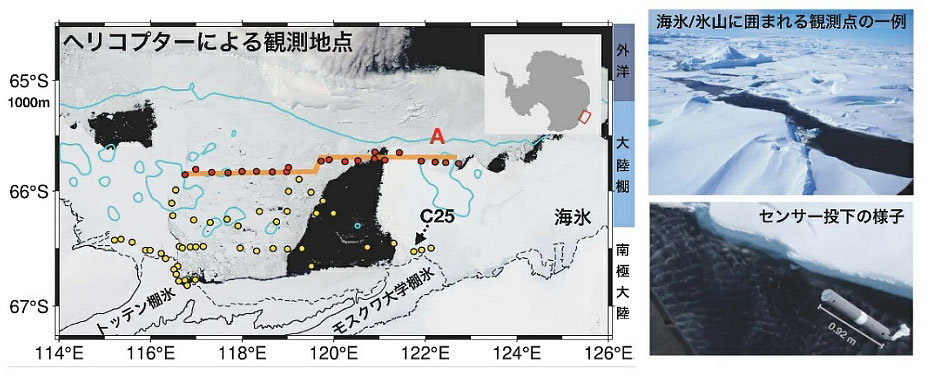2023-09-11 米国国立再生可能エネルギー研究所(NREL)
◆高温や湿度などの屋外条件は太陽電池にストレスをかけ、効率が低下し、電力生産が時間とともに減少します。したがって、ペロブスカイト技術の商業化の信頼性目標に到達するためには、異なるグループからの改善が簡単に検証および比較できるように最初にプロトコルを確立する必要があります。
◆NRELが率いる研究チームは、ペロブスカイト太陽電池をさまざまなテストに通しました。これらのテストにより、高温と照明が太陽電池の屋外での性能を理解するための最も重要なストレス要因の組み合わせであることが示されました。
<関連情報>
- https://www.nrel.gov/news/press/2023/news-release-combination-of-stressors-key-to-testing-perovskite-solar-cells.html
- https://www.nature.com/articles/s41586-023-06610-7
ペロブスカイト太陽電池の実験室寿命とフィールド寿命の関連付けに向けて Towards linking lab and field lifetimes of perovskite solar cells
Qi Jiang,Robert Tirawat,Ross A. Kerner,E. Ashley Gaulding,Yeming Xian,Xiaoming Wang,Jimmy M. Newkirk,Yanfa Yan,Joseph J. Berry & Kai Zhu
Nature Published:11 September 2023
DOI:https://doi.org/10.1038/s41586-023-06610-7
We are providing an unedited version of this manuscript to give early access to its findings. Before final publication, the manuscript will undergo further editing. Please note there may be errors present which affect the content, and all legal disclaimers apply.
Abstract
Metal halide perovskite solar cells (PSCs) represent a promising low-cost, thin-film photovoltaic (PV) technology, with unprecedented power conversion efficiencies (PCEs) obtained for both single-junction and tandem applications1-8. To push PSCs toward commercialization, it is critical, albeit challenging, to understand device reliability under real-world outdoor conditions where multiple stress factors (e.g., light, heat, humidity) coexist, generating complicated degradation behaviors9-13. It is necessary to identify accelerated indoor testing protocols—which can correlate specific stressors with observed degradation modes in fielded devices—to quickly guide PSC development. Here, we use a state-of-the-art p-i-n PSC stack (with PCE up to ~25.5%) to show that indoor accelerated stability tests can predict our 6-month outdoor aging tests. Device degradation rates under illumination and at elevated temperatures are most instructive for understanding outdoor device reliability. We also find that the indium tin oxide (ITO)/self-assembled monolayer (SAM)-based hole transport layer (HTL)/perovskite interface most strongly affects our device operation stability. Improving the ion-blocking properties of the SAM HTL increases averaged device operational stability at 50°C–85°C by a factor of ~2.8, reaching over 1000 h at 85°C and to near 8200 h at 50°C with a projected 20% degradation, which is among the best to date for high-efficiency p-i-n PSCs14-17.




